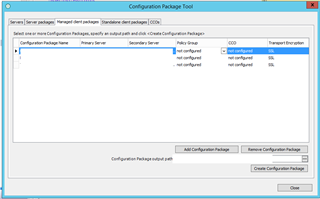Hi,
New to all this, so sorry if the wrong place.
I know there's an incompatibility with the Carrizio arch, and that the solution is to have my Enterprise Server manage Bitlocker, but I don't actually know how to do that.
Is there a chance that someone could step-by-step, or at least semi-vaguely point me in the right directions?
I've gotten so far as removing the client (well rebuilding the machine) but looking at the Enterprise Console I don't see where to go from there.
Cheers in advance!
This thread was automatically locked due to age.




